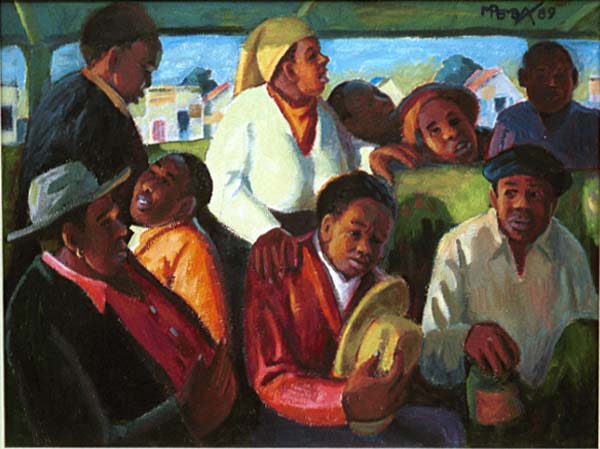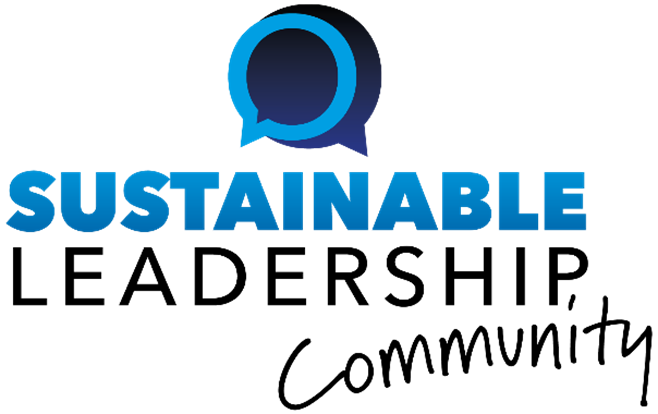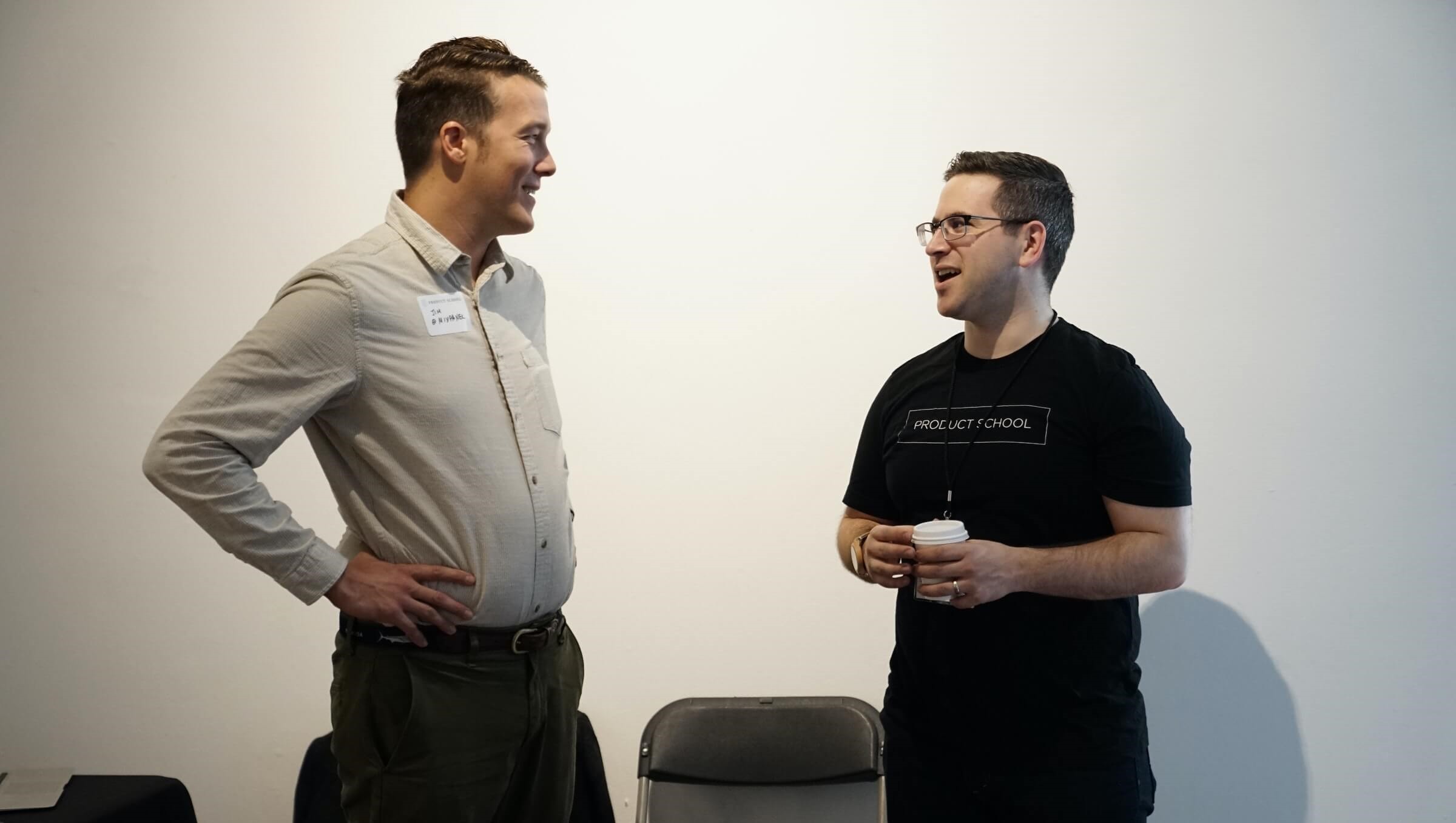KEY CONCEPT
Despite their poverty and limited purchasing power, people at the ‘bottom of the pyramid’ in South Africa increasingly attract the attention of marketers. At more than one third of South Africa’s population, they represent a significant, or potentially significant, market for companies. But they will not be ‘reached’ by conventional approaches — or by applying the individualistic perspective of the developed world. At the bottom of the pyramid in South Africa, communities are different — and collectivism still counts.
IDEA SUMMARY
"Umuntu ngumuntu ngabantu" – A person is a person through other persons.
(from the humanist African philosophy Ubuntu)
The ‘bottom of the pyramid’ (BoP), the world’s poorest socio-economic group, as defined by business thinker C. K. Prahalad and his colleagues, has received much attention from marketing academics and practitioners in the past 10 years, both globally and in South Africa. So far, however, the themes have been quite limited, the focus quite narrow.
Most studies in the marketing literature have taken a highly individualised approach, using, for example, the individual consumer not the household or the family as the unit of analysis, and theories such as ‘self-determination’ as part of the frame of reference. In other words, they’ve tended to see BoP consumers as individuals acting in a social vacuum rather than as people bound by ties to wider groups.
New research adopts a different perspective. It takes as its starting point the decades-long distinction between individualism and collectivism that separates the developed and the developing world. (Individualism is mainly associated with richer societies and countries such as America, Australia and the UK; collectivism is mainly associated with poorer societies and countries.)
Building on two earlier studies, researchers from the University of Pretoria and the University of New Mexico hypothesise that collectivism is a key determinant of BoP classification in South Africa, and they test their theories through analysis of archival data from the All Media and Product Survey (AMPS), carried out by the South African Audience Research Foundation (SAARF).
The results show that collectivism and four proxy indicators of collectivism — income, lifestyle, community and race — can accurately predict whether or not a South African is part of the BoP. All hypotheses, in other words, are confirmed. The researchers found that:
-
The income of the ‘most primal in-group’, i.e. the household or family, is a better predictor than personal income of classification at the BoP.
-
A traditional lifestyle focused on community and community gatherings is more common at the BoP.
-
Members of the BoP are more likely to live in small communities — i.e. those of fewer than 4,000 people.
-
The vast majority of the BoP (75.4 per cent according to the study) are black.
This last finding reflects the legacy of apartheid and South Africa’s long years of racial discrimination and inequality. Why is it also a proxy indicator for collectivism? Because if you’re black in South Africa you are much more likely to follow Ubuntu, the humanist philosophy, whose postulates include “I am because you are and you are because we are”. Together with the other results, it shows collectivism is a defining characteristic of life at the bottom of the pyramid in South Africa.
BUSINESS APPLICATION
Several managerial implications are highlighted in the study. They include the need for:
-
Marketing that understands the importance of the household and the role that various family members might play in the decision-making process.
-
Supply chains that ‘connect’ with dispersed communities through extensive use of wholesalers and spaza shops (informal convenience stores set up in people’s homes to sell everyday household items).
-
Advertising media that provide optimal reach: radio and outdoor, according to the AMPS survey data, will be more effective than print in targeting the BoP.
-
Initiatives that ‘elevate’ the community and the household — for example, schemes to help fund stokvels (savings and investment societies that provide lump sums in return for regular contributions), sponsor choral competitions or provide small schools in rural areas with supplies. (The traditional lifestyle means consumers might be alienated by a business approach that doesn’t take their wider group into account.)
The researchers also underline the importance of adaptability, agility and vigilance. South Africa is changing. People at the bottom of the pyramid ‘today’ may not be there ‘tomorrow’. Urbanisation is likely to lead to vast increases in demand for items such as TVs, cell phones, fridges/freezers, DVD players and electric stoves. And companies will want to make sure demand does not outstrip supply.
REFERENCES
The role of collectivism in defining the South African Bottom of the Pyramid. Kerry Chipp, Clive Corder & Dimitri Kapelianis. Management Dynamics: Journal of the South African Institute for Management Scientists (March 2013).











